Today’s Parenting Playbook interview is with Tsivia Cohen, Associate Vice President of Play & Learning Initiatives at Chicago Children’s Museum. In this interview, Tsivia discusses the ins and outs of Tinkering and Learning Engineering Stories, CCM’s research project in partnership with the National Science Foundation, as well as Northwestern and Loyola Universities.
CCM: What was the genesis of this research project and partnership?
TS: The research has been a collaboration from the beginning and has been designed to inform our practice at the museum. The Tinkering, Reflection and Engineering Learning (TRAEL) proposal was written with our research partners, Dr. Catherine Haden (Loyola/Chicago) and Dr. David Uttal (Northwestern), in response to a National Science Foundation (NSF) request for proposals for "research in the service of practice."
This work connects to research collaborations going back 15+ years, and aligns with Chicago Children’s Musem’s on-going interest in understanding and enhancing the learning that takes place in our museum. In particular we've been interested in how visitors' reflections could support their learning as seen in two exhibits: Skyscraper Challenge exhibit (also funded by NSF) and Story Hub (funded by IMLS and integrated into the TRAEL project), both of which are designed to promote reflection and document/reveal/promote children's learning from hands-on experiences.
CCM: Can you provide a brief overview of what the actual research project entailed? How did you reach your subjects? How many subjects did you work with?
TC: The primary subjects were approximately 575 families that chose to go to Tinkering Lab on a day when the research was occurring. If the caregiver and child gave permission, they then participated in whatever was happening in Tinkering Lab on that day, while being observed and recorded through cameras installed in the exhibit. In this way, the researchers were able to help us understand our museum practices as they applied to everyone. Researchers talked to children afterward and followed up with a number of families after that. Researchers also analyzed transcripts from conversations that these and other families had in Story Hub after visiting Tinkering Lab.
CCM: Are there any takeaways from this research you can summarize for our readers?
When we posed challenges that afforded visitors one or more ways to test success, we saw children engage in more engineering including iterative testing and modifying of what they made. (Examples here include Making something that rolls. Making something that flies. Making a ride for a finger puppet.) Offering a facilitated introduction to the challenges increased the STEM-related talk that visitors engaged in while they were tinkering. Additionally, offering this facilitated introduction in Spanish had a major impact on families in which Spanish was the caregivers' primary language.
CCM: Were there any parts of the research process that were particularly surprising, challenging, enlightening, or fun?
TC: Jointly designing new approaches to what we offer visitors in Tinkering Lab has been especially exciting. The project encouraged us to make changes and try new things.
CCM: In your expert opinion, why is this research important to the future of child development, learning, and play?
TC: In my opinion, it's important to understand the connection between play and learning—not to assume play will lead to learning and not to miss the value of play in children's learning. The ways in which children process their experiences makes a big difference in how much they learn from those experiences, and reflective interactions with the important adults in their lives can support this processing. These interactions matter now—for instance, in our museum when we’re open—but also later, since the interactions can create an internal model of how to learn from experience throughout children's lives.
Read more about this exciting research in this Parenting Playbook post!

